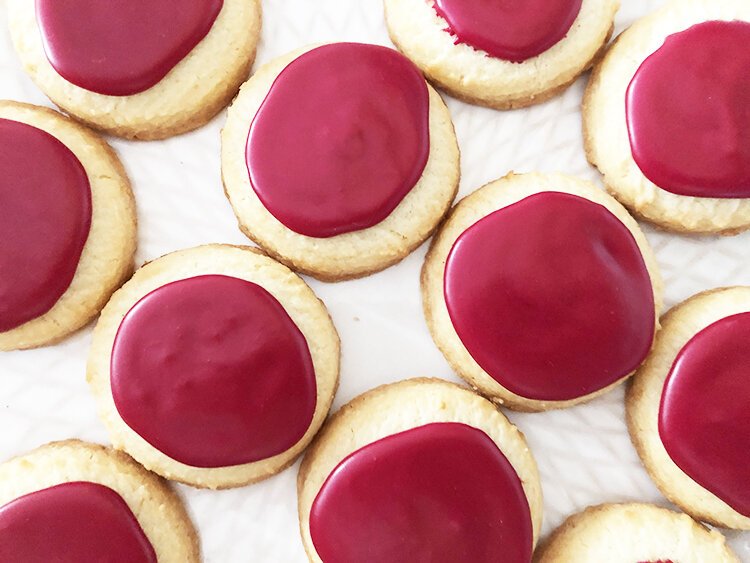Black food coloring can be used for statement-making baked goods, ice creams, drinks, or Halloween treat decorations with intensity and eye-catching results. However, it’s hard to achieve a natural black food color. Available blends are not true blacks, but a combination of color shades that when mixed, make a dark color that appears black.
Black food color blends often are sourced from purple carrot, beet, lycopene (tomato), red cabbage, caramel, purple grape, and sometimes black iron oxide. However, when mixed into frosting, icing, or other bases, the predominant color is revealed. Because the “black” is not fully saturated, it tends to lean more towards warmer or cooler shades with purple, grey, red, green, or brown undertones.
There are alternatives to black food color, with natural black sources where bakers can get creative.
Here are a few suggested options:
Dutch Processed, Alkalized Dark Cocoa
Dutch-processed cocoa powder is darker than regular cocoa powder. The cocoa beans darken when treated with alkalizing agents by neutralizing the acidity. With a higher pH, the cocoa turns a black color.
When Dutch-processed cocoa is used as a color, be aware that there is a bitter flavor. Adding some sweetener can help neutralize the taste. Because of the flavor, Dutch-processed cocoa is perfect for dark chocolate cakes or cookies (think Oreos) but can also be used to color icing and other desserts with its rich, dark black color.
Activated Charcoal
Activated charcoal is a fine black powder made from burnt organic materials like wood. This natural black is very concentrated and should be used sparingly. Activated charcoal has binding properties and is commonly used as a detoxifier to help flush out toxins and cleanse the body.
In recent years activated charcoal has gained popularity in beverages and cocktails, or foods like black ice cream, adding dramatic flair without any flavor or odor. It is also used in toothpaste as a whitener.
Activated charcoal should be used in very small quantities and not for commercial use. However, because of the color intensity, only a little powder is usually needed.
Black Sesame
Black sesame seeds won’t turn your sweets black, but they can give them a beautiful speckled black effect. Used to color cakes, frosting, glazes, or other desserts, black sesame will add a subtle, nutty flavor with a touch of sweetness.
You can buy black sesame powder or paste, or make them yourself by pulsing seeds in a blender or food processor to pulverize them. For a paste, add some sweetener, nut oil, and vanilla. The paste can be used as a glaze or topping.
Black sesame seeds are nutrient-rich, and packed with omega-3 fatty acids, which have the added bonus of adding some nutrients to your sweets.
Squid Ink
Squid ink is common in Japanese or Mediterranean cuisine, used to color pasta, rice, and sauces due to its unique dark color. Available in liquid or powder form, because of the rich and strong savory flavor, squid ink is not recommended for baked goods and sweets.












